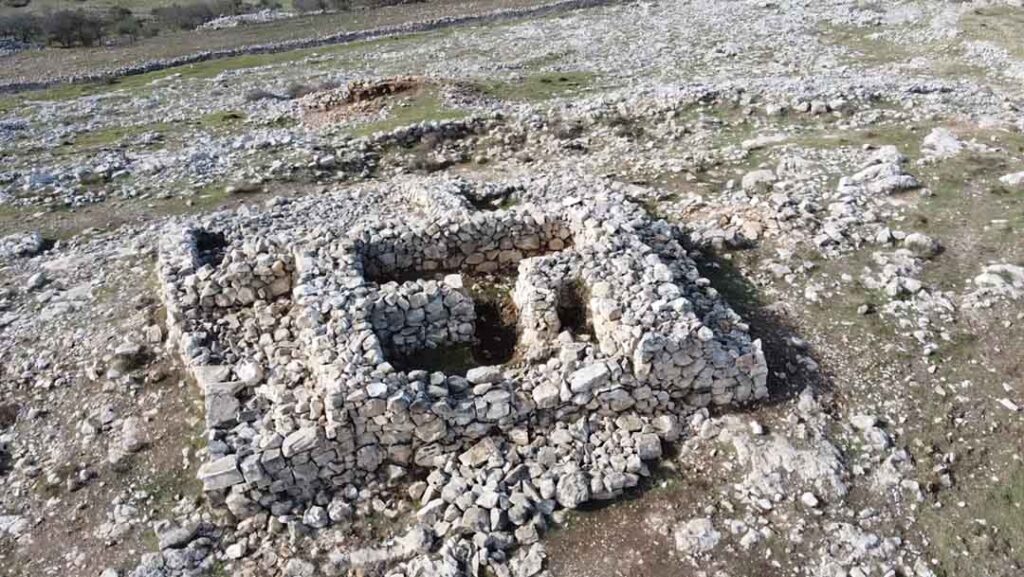Joshua’s Altar on Mount Ebal
God told Israel that they were to proclaim blessings and curses from Mt. Gerizim and Mt. Ebal after entering the promised-land (Dan. 11:29). In addition, Israel was instructed to build an altar and to make offerings on Mt. Ebal (Deu. 27:4-8). What remained of the altar was discovered by Adam Zertal in the early 1980s. He spent 9 years uncovering what remained and found that a second altar was built on top of the first one. The outer walls are approximately 3-4 ft. high

A technique of sifting through buckets of dirt and debris dumped from the sight led to a fascinating find in year 2019. A 2 x 2 cm. folded piece of lead that contained writing that is considered to be the oldest form of Hebrew script known. It has been dated to approximately 1400 B.C.

The size and age of this Ebal inscription made it difficult to translate. What has been translated has caused some to say that it is “one of the greatest archaeological Biblical discoveries ever made.” The findings were announced in May of 2022. It is an ancient Hebrew curse inscription consisting of 40 proto-alphabetic letters (equivalent to proto-Sinaitic). Thee letters mention the Hebrew word for “cursed” (arur) ten times and YHWH twice. The deciphered part of the message reads:
Cursed, cursed, cursed – cursed by the God YHW. You will die cursed. Cursed you will surely die. Cursed by YHW – cursed, cursed, cursed.
The team that worked on the tiny tablet suggest that the message is either a personal statement, or it is from a representative of the people accepting the stipulations of the covenant that was declared from Mount Ebal. One of the researchers noted that this is not just a curse, but a legal document in a form commonly seen in the ancient ear East and the Bible. It was written (and probably spoken), then sealed from the time and place this covenant renewal is said to have taken place. This was a way of formally binding those participating to the agreement.